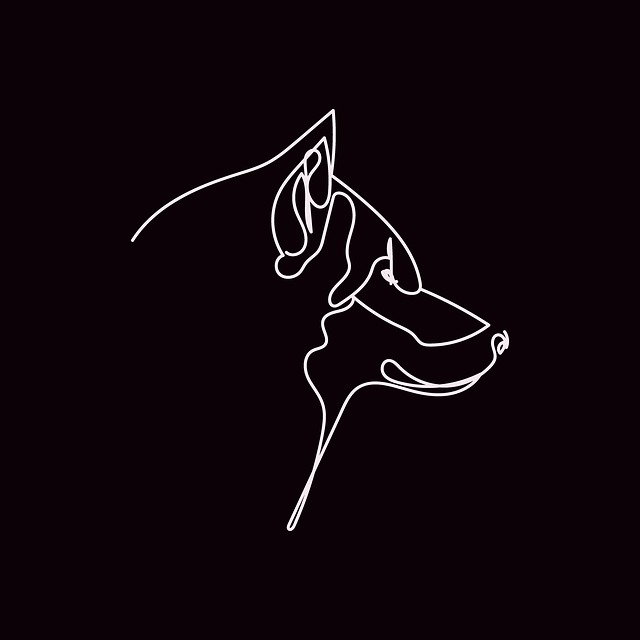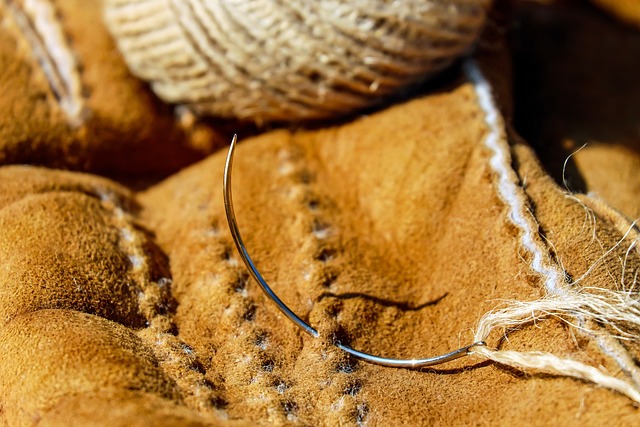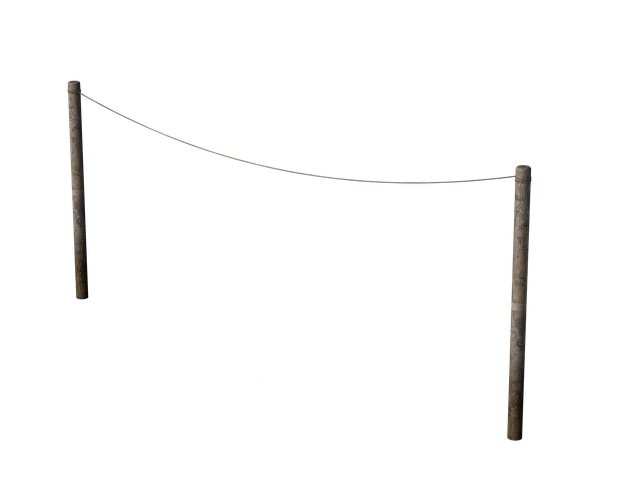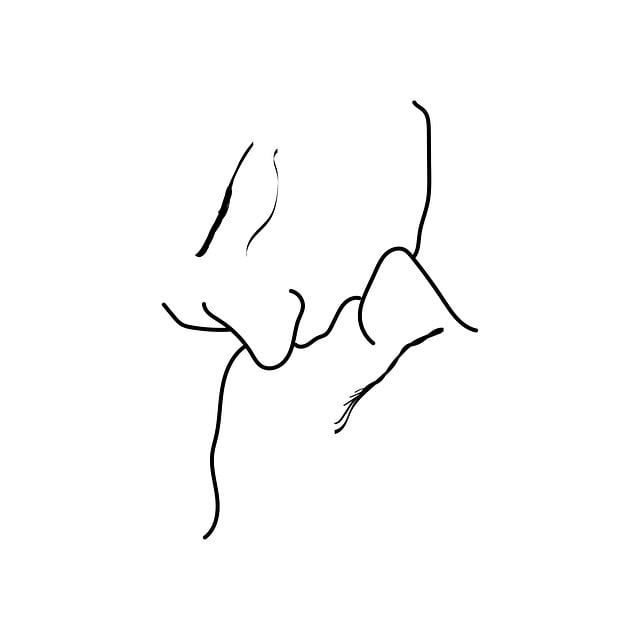Botox is a popular, non-surgical treatment for forehead lines and frown lines, relaxing muscles to reduce wrinkles. Derived from bacteria, it blocks nerve signals, preventing muscle contractions that cause dynamic wrinkle formation. This minimally invasive procedure offers a natural look, fast recovery, and lasts 3-6 months. Safety is paramount; reputable clinics prioritize sterilization and patient security. The process involves a consultation, injection, mild post-treatment discomfort, and rest. Post-care instructions include avoiding strenuous activities and sun exposure. Potential side effects are temporary, usually resolving within days. Long-term results require maintenance sessions every 3-6 months with a qualified healthcare provider.
“Unwind those frown lines and embrace a youthful glow with our comprehensive guide to safe Botox treatments. Discover how this natural muscle relaxant revolutionizes facial aesthetics, targeting forehead lines and frown lines effectively. We demystify the science behind Botox’s success, highlighting its benefits in reducing fine lines and wrinkles.
This article navigates everything from understanding the procedure to post-treatment care, ensuring a secure journey towards a confident smile. Learn how to choose the right areas for treatment, manage side effects, and maintain long-term results with follow-up sessions.”
Understanding Botox: A Natural Approach to Relaxing Muscles

Botox is a popular and effective treatment for both forehead lines and frown lines, offering a natural way to relax muscles and reduce the appearance of wrinkles. It’s a protein derived from bacteria that, when injected into specific muscle groups, blocks nerve signals preventing muscle contractions. This action is what leads to the reduction of dynamic wrinkle formation over time.
Unlike surgical procedures, Botox for smile lines presents a minimally invasive approach, making it an appealing option for those seeking a more subtle and natural-looking enhancement. By targeting problem areas, such as the forehead and frown lines, treatments can provide a sense of rejuvenation without altering one’s natural expression or requiring extensive recovery periods.
Targeting Forehead Lines and Frown Lines: Common Areas for Treatment

When it comes to addressing smile lines, the focus often shifts to two primary areas: forehead lines and frown lines. Both are common concerns for individuals seeking to reduce the appearance of aging. Botox for forehead lines and frown lines has emerged as a popular non-surgical solution. This injectable treatment works by temporarily paralyzing the muscles responsible for creasing the skin, thereby smoothing out these telltale signs of aging.
The forehead, with its prominent glabellar ridges (the vertical lines between the eyebrows), is a frequent target for Botox injections. Similarly, frown lines, located in the area between the eyes, are another common site for treatment. By relaxing these muscles, Botox can prevent the formation of wrinkles and give the face a more youthful appearance. This minimally invasive procedure offers a quick and effective way to reduce the depth and visibility of smile lines without any extensive recovery time.
The Science Behind Botox: How It Works in Simplest Terms

Botox, short for botulinum toxin, is a protein produced by bacteria that causes muscles to relax. When injected into specific areas of the face, it blocks nerve signals that cause muscle contraction. This action prevents the formation of wrinkles caused by repeated facial expressions, such as frowning and squinting. In simple terms, Botox smooths out fine lines and wrinkles, particularly around the forehead and eyes (often referred to as frown lines and smile lines), giving the skin a more youthful appearance.
This procedure is commonly used for both aesthetic purposes and to treat medical conditions like excessive sweating (hyperhidrosis). For those seeking to reduce forehead lines and frown lines without surgery, Botox offers a safe and effective solution. It’s important to note that results typically last between 3-6 months, after which the effects wear off gradually.
Benefits of Botox for Reducing Fine Lines and Wrinkles

Botox has emerged as a popular and effective solution for reducing the appearance of fine lines and wrinkles, particularly around the forehead and frown lines. When injected by a qualified professional, Botox works by temporarily paralyzing the muscles that cause dynamic wrinkle formation. This results in a smoother, more youthful-looking complexion, offering both aesthetic benefits and confidence boost for individuals seeking to minimize the signs of aging.
The treatment is non-invasive, making it an appealing option for those who want to avoid surgery or extensive recovery periods. Moreover, Botox has proven to be highly effective in treating not only forehead lines but also frown lines, crow’s feet, and other forms of expression lines. By relaxing the muscles responsible for these wrinkles, Botox can dramatically improve one’s overall facial aesthetic, allowing individuals to achieve a more relaxed and rejuvenated look.
Safety Considerations: Ensuring a Secure and Sterile Environment

When considering Botox for forehead lines and frown lines, safety should be the top priority. The treatment environment plays a crucial role in ensuring a secure experience. Reputable clinics specializing in Botox injections maintain strict sterilization protocols to prevent any potential infections. This includes using sterile equipment, single-use vials, and implementing rigorous cleaning procedures between each patient.
A safe procedure involves experienced professionals who adhere to the highest standards of hygiene. They use advanced techniques to minimize discomfort and risks, such as proper needle disposal and sterile gauze for post-treatment care. These measures create a secure environment, reducing concerns about complications and ensuring patients receive the desired results without adverse effects.
The Procedure: Step-by-Step Guide to Botox Injection

The procedure for Botox injections to reduce smile lines involves a series of precise steps. It begins with a consultation where a qualified professional assesses your facial musculature and determines the optimal treatment plan. During the actual procedure, a fine needle is used to inject Botox into specific muscle groups responsible for causing forehead lines and frown lines. The injections are strategically placed to paralyze the muscles without affecting surrounding areas.
After the injections, mild redness or swelling may occur temporarily, but these typically subside within a few hours. Patients are advised to avoid strenuous activities and certain medications for a short period to enhance recovery. As Botox takes effect over several days, results become visible, offering a smoother, more youthful appearance with diminished forehead and frown lines.
Post-Treatment Care: What to Expect After Your Session

After your Botox treatment for forehead lines and frown lines, it’s important to take care of yourself to ensure optimal results and minimize any potential side effects. You may experience some mild redness, swelling, or bruising at the injection sites, which is typically temporary and should subside within a few days. It’s crucial to avoid strenuous activities, excessive sun exposure, and applying makeup on the treated areas during this time. Keeping the area clean and cool can help speed up healing.
Additionally, be mindful of your diet; staying hydrated and avoiding alcohol and spicy foods may reduce the likelihood of swelling or bruising. While you might feel some discomfort, over-the-counter pain relievers like ibuprofen can help manage any minor soreness. Remember, patience is key as the effects of Botox typically take a few days to fully kick in and last for several months.
Common Side Effects and How to Manage Them

While Botox is generally considered safe and effective for treating smile lines and both forehead lines and frown lines, as with any procedure, there are potential side effects to be aware of. Common temporary side effects include mild bruising, swelling, or discomfort at the injection site. Some patients may also experience headaches, slight vision changes, or muscle weakness around the mouth. These usually subside within a few days.
To manage these side effects, it’s important to rest, avoid strenuous activities, and apply a cold compress to any swelling. Staying hydrated and taking over-the-counter pain relievers can help alleviate discomfort. If symptoms persist beyond a week or cause significant concern, contact your healthcare provider. They can offer additional guidance and ensure everything is healing properly.
Long-Term Results: Maintenance and Follow-Up Treatments

When considering Botox for forehead lines and frown lines, understanding the long-term results is essential. The effects of Botox typically last between 3 to 6 months, after which maintenance treatments may be required to maintain the desired results. Regular follow-up treatments are crucial to preserving the initial improvements in facial appearance, especially around the eyes and mouth where dynamic muscle activity can quickly revert the effects.
During follow-up sessions, a qualified healthcare provider will assess the patient’s facial muscles, identify areas of concern, and inject the appropriate amount of Botox to prevent or reduce the formation of new wrinkles. This proactive approach ensures that smile lines and frown lines remain minimal, allowing individuals to enjoy a youthful appearance for an extended period.
